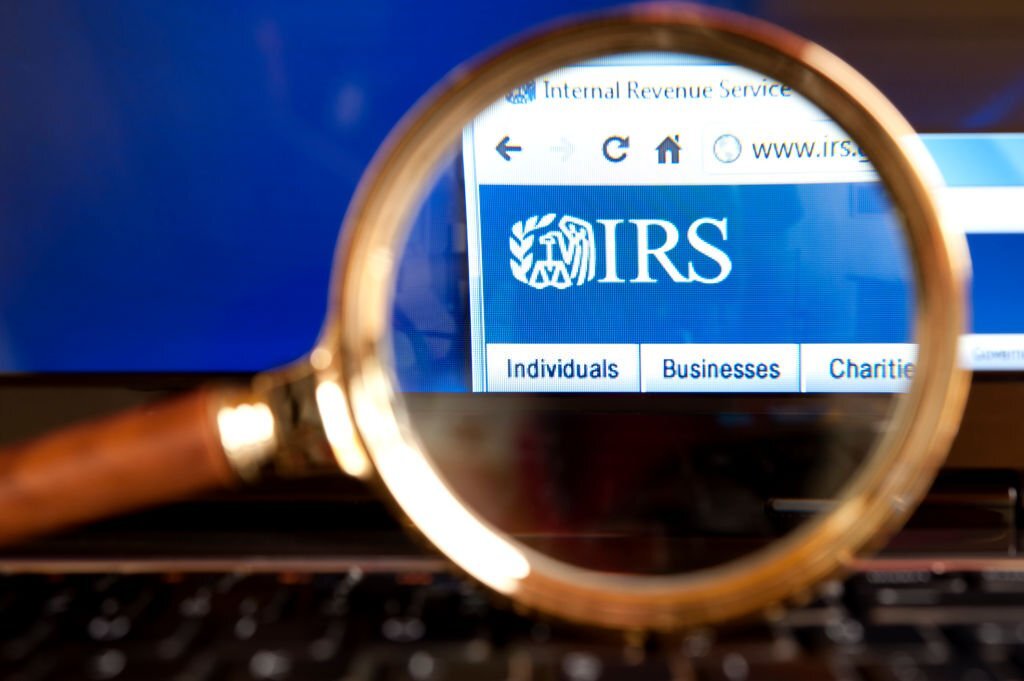IRS
IRS Releases FAQs on Sec. 127 Educational Assistance Programs
If provided under an educational assistance program, certain educational assistance benefits can be excluded from gross income.
Jun. 18, 2024

The Treasury Department and the IRS on June 17 released a fact sheet that provides answers to frequently asked questions related to educational assistance programs under Section 127 of the Internal Revenue Code.
Taxpayers can exclude certain educational assistance benefits from their gross income if they are provided under an educational assistance program. Educational assistance benefits include payments for tuition, fees and similar expenses, books, supplies, and equipment, according to the IRS. They also include principal or interest payments on qualified education loans made by the employer after March 27, 2020, and before Jan. 1, 2026 (unless extended by future legislation).
“That means that you won’t have to pay any tax on the amount of benefits up to $5,250 per calendar year and your employer should not include the benefits with your wages, tips, and other compensation shown in box 1 of your Form W-2,” the IRS said in the fact sheet. “However, it also means that you can’t use any of the tax-free education expenses as the basis for any other deduction or credit, including the lifetime learning credit. If any benefits are received under a program that does not comply with Section 127 or if the benefits are over $5,250, the amounts may be excluded under Section 117 or deducted under Section 162 or Section 212 if the requirements of such section are satisfied.”
Amounts paid under a Section 127 educational assistance program are generally deductible by the employer as a business expense under Section 162, the IRS noted.
You can access the FAQs on educational assistance programs here.
